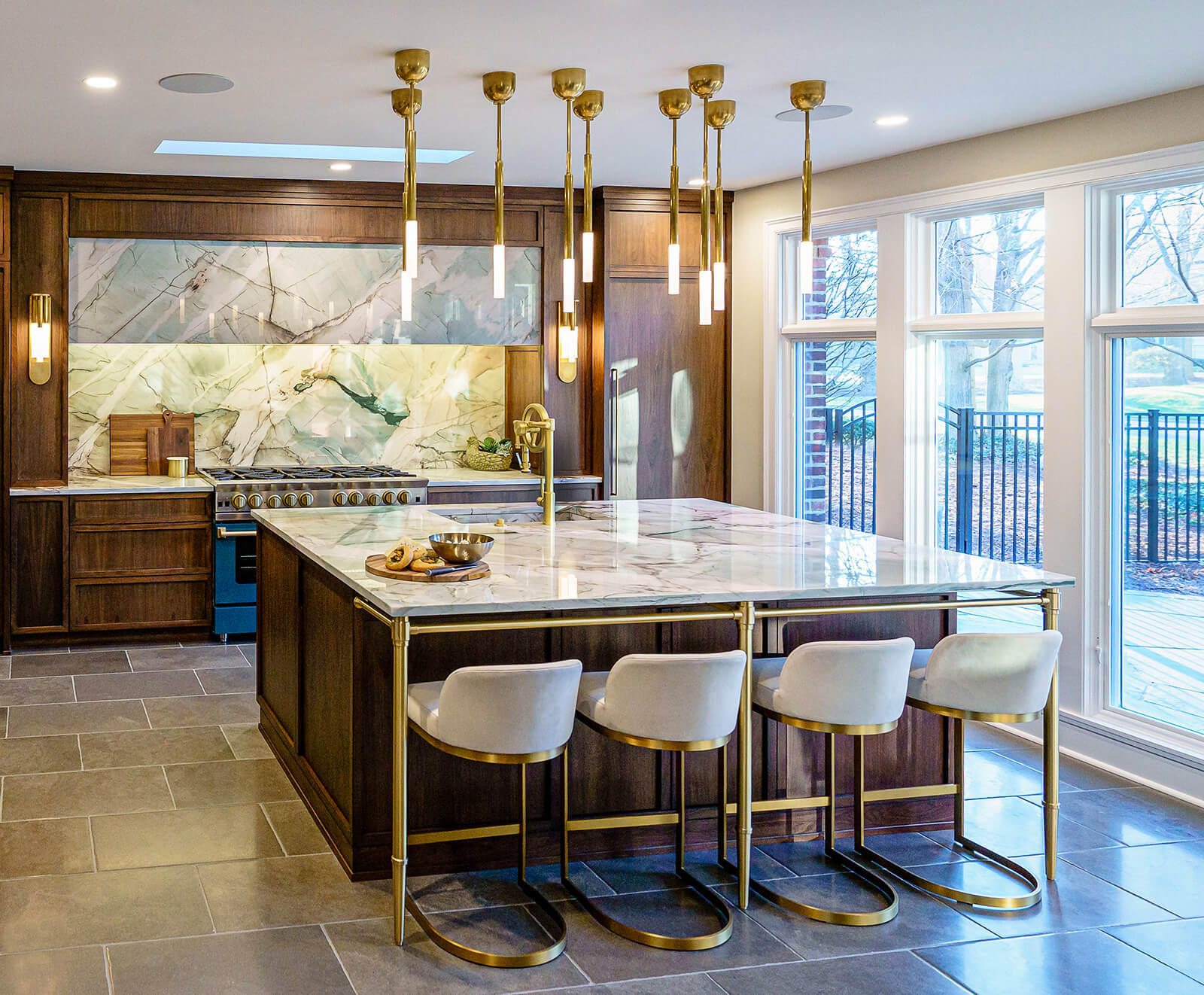Crucial Variables to Take Into Consideration When Choosing Legs For Kitchen Area Island
Selecting the appropriate legs for a cooking area island entails a cautious assessment of numerous variables that can substantially influence both capability and visual charm. Among these, the selection of material plays a critical function in making certain resilience, while the design must match the existing design. Factors to consider such as elevation and weight support are vital for stability and comfort. As we discover these aspects, it becomes clear that each decision can have far-reaching effects for the overall cooking area experience. What nuances should be taken into consideration in each of these classifications to achieve the suitable balance?
Material Options
When choosing legs for a cooking area island, understanding the different product options is vital for attaining both aesthetic appeal and architectural honesty (Legs For Kitchen Island). The choice of material substantially affects not just the resilience of the island however additionally its overall design and performance
Metal legs, often made from stainless steel or wrought iron, add a modern-day and commercial feel while guaranteeing sturdiness and stability. These materials are resistant to put on and can sustain significant weight, making them suitable for larger islands.
One more option is crafted products, like MDF or plywood, which can be a lot more economical while still providing a variety of finishes. They might not provide the very same degree of stability as solid wood or metal. Legs For Kitchen Island. Products such as acrylic or glass can create a modern appearance, though they may call for extra support to make certain stability.
Ultimately, the option of material for cooking area island legs must align with the wanted performance and the overall style of the kitchen.
Design and Style

When thinking about design, the shape and surface of the legs are important. Conical legs can offer a feeling of agility and style, while thicker, extra durable legs can share toughness and security. In addition, the surface-- be it painted, discolored, or natural-- should complement the cabinetry and countertop products to develop a unified appearance.
Furthermore, the style of the legs can also reflect individual preference. Customized or ornamental legs, such as those featuring detailed makings or distinct geometric shapes, can offer as prime focus, adding character and personality to the cooking area. Eventually, the best choice will certainly not just enhance functionality yet likewise elevate the visual charm, making the kitchen island a standout attribute of the home.
Elevation Considerations
Selecting the appropriate height for cooking area island legs is important, as it straight impacts both performance and convenience. The conventional elevation for a kitchen island normally varies from 36 to 42 inches, aligning with typical kitchen counter heights.

It is additionally vital to represent users' elevations and preferences. Customizing the elevation can guarantee a comfy experience for all household members, making the cooking area island a more functional and delightful space.
Weight Assistance
Guaranteeing adequate weight assistance for kitchen island legs is crucial for both safety and capability. The kitchen island usually serves numerous purposes, consisting of food preparation, dining, and added storage, demanding a robust support framework. When selecting legs, it is vital to consider the general weight capacity required based upon the island's meant use and the products that will be positioned on it.
The option of material for the legs plays a substantial function in their weight-bearing abilities. Strong timber, steel, and sturdy composites normally give superior stamina contrasted to lighter products. Additionally, the style of the legs-- whether they are right, tapered, or have a pedestal form-- can influence their capability to disperse weight properly across the structure.
Additionally, the leg positioning need to be strategically prepared to improve security. Legs placed at the edges or with a bigger base can better support heavier tons. Always get in touch with the manufacturer's specifications concerning tons limitations to make sure that the legs can maintain the desired weight without compromising safety. In summary, selecting kitchen island legs with adequate weight support is important for producing a functional and safe culinary space.
Installment and Upkeep
Proper installment and maintenance of cooking area island legs are crucial for making certain durability and security. This typically involves protecting the legs to the island base using proper fasteners, making certain that the legs are level and straightened.
Once mounted, regular upkeep is essential to protect the honesty and appearance of the legs - Legs For Kitchen Island. For wood legs, routine cleaning with a moist towel and application of suitable timber gloss can prevent wetness damages and maintain their surface. Steel legs might require a gentle cleansing solution to remove oil and crud, followed by a dry fabric to protect against rust formation
In addition, examine the legs consistently for indications of wear or damage, such as fractures or loosened joints. Tightening screws or screws as required can likewise prolong the life expectancy of the legs. By sticking to these installment and upkeep practices, property owners can ensure that their kitchen island remains strong and aesthetically appealing for years to come.
Conclusion

Aesthetic coherence is critical in choosing the design and layout of legs for a kitchen island, look at more info as these elements significantly influence the general setting of the room. Conical legs can give a sense of lightness and elegance, while thicker, much more robust legs can communicate stamina and stability.Selecting the proper elevation for kitchen area island legs is vital, as it straight influences both capability and convenience. In recap, choosing kitchen area island legs with appropriate weight check this site out support is necessary for producing a risk-free and practical culinary space.
In verdict, picking legs for a cooking area island demands cautious consideration of various factors, including product choices, style, height, weight assistance, and installment.